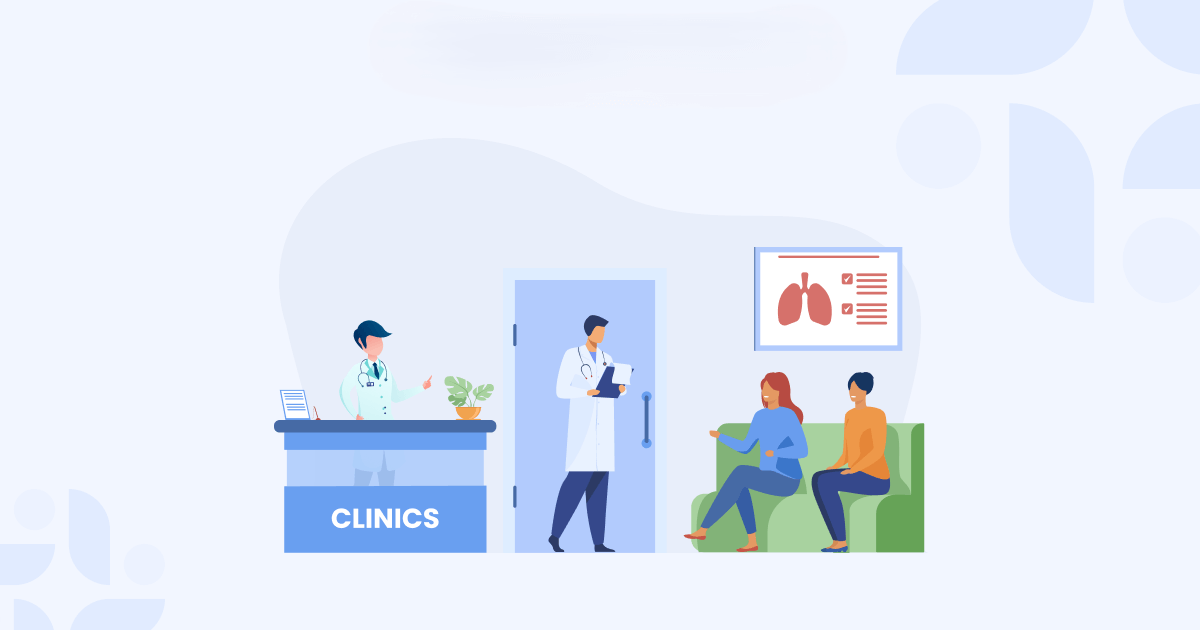


How Hospital Management Software Can Transform Patient Care in India
India’s healthcare system has made huge strides over the years, but hospitals and clinics still face a big challenge: managing patient care efficiently. The problem isn’t a lack of doctors or nurses; it’s the mountain of paperwork, fragmented departments, and outdated processes that slow everything down.
Patients wait for hours, doctors spend more time writing notes than treating people, and errors in records or billing are common. That’s where Hospital Management Software (HMS) comes in.
Think of it as the digital backbone of a hospital. It connects departments, automates routine tasks, keeps accurate records, and gives doctors and staff the tools they need to focus on what really matters: the patient.
Let’s look at how HMS is transforming patient care in India, department by department, and why every hospital, big or small, can benefit from it.
In traditional hospitals, patient records are mostly paper-based. Finding an old medical report or previous prescription can take hours if the file hasn’t been misplaced.
Hospital Management Software changes this completely. Every patient’s history, including previous illnesses, lab reports, prescriptions, allergies, and treatment plans, is stored digitally. With just a click, a doctor can see everything they need.
This has a direct impact on patient care: quicker diagnosis, fewer mistakes, and faster treatment. Doctors spend less time searching for files and more time actually talking to patients. That alone can improve outcomes and patient satisfaction.
One of the biggest issues in hospitals is that departments often work in isolation. The lab, pharmacy, billing, and administration all have their own processes. This lack of coordination can lead to delays, lost reports, and frustrated patients.
HMS acts like a bridge between departments. When a doctor orders a lab test, it immediately appears in the lab module. Once the results are ready, they’re automatically uploaded to the patient’s record. Prescriptions go straight to the pharmacy. Billing reflects the services used in real-time.
The result? Seamless coordination, faster service, and fewer mistakes. Patients don’t have to run around repeating information, and staff can focus on their work instead of chasing records.
Waiting in long queues is one of the most common complaints in Indian hospitals. HMS addresses this with digital appointment scheduling, online registration, and queue management.
Patients can book appointments via phone or online, receive reminders, and check in digitally. Once they arrive, a real-time queue system shows their place in line.
This doesn’t just improve patient experience; it reduces stress for both patients and staff, making the hospital environment calmer and more organized.
Manual processes are prone to errors. Mistakes in prescriptions, missing lab results, or misfiled patient records are common and can be dangerous.
Hospital Management Software reduces these risks with digital records, alerts, and automatic checks. For example, it can flag drug interactions, allergies, or duplicate tests before the doctor even prescribes them.
This means safer care for patients and peace of mind for doctors. Staff can rely on accurate information, and patients can feel confident that their treatment is being managed properly.
Billing is another major headache in hospitals. Manual billing is slow and often contains mistakes, leading to confusion and frustration.
HMS automates the entire process. Every service, from consultations and lab tests to medicines and room charges, is recorded accurately. Insurance claims can be processed electronically, reducing delays and errors.
This makes billing transparent, fast, and reliable, which builds trust with patients and saves time for hospital staff.
Every hospital generates huge amounts of data admissions, treatments, lab results, and feedback from patients. Traditionally, most of this data just sits in files, never used for decision-making.
Hospital Management Software transforms data into actionable insights. Administrators can see which departments are busiest, which treatments are most effective, and where bottlenecks occur.
This information helps hospitals plan better staffing, improve services, and reduce costs, ultimately improving patient care across the board.
Not every patient can easily visit a hospital, especially in rural areas or smaller towns. Modern HMS platforms support telemedicine, allowing patients to consult doctors remotely.
Patients can get prescriptions, lab reports, and follow-up advice online. Doctors can monitor chronic patients without requiring them to travel.
This digital approach bridges the gap in healthcare access, bringing quality treatment to people who would otherwise struggle to reach a hospital.
Healthcare data is sensitive. Losing it or mismanaging it can be catastrophic. A good HMS uses encryption, role-based access, and backups to protect patient records.
It also helps hospitals comply with Indian healthcare regulations like ABDM (Ayushman Bharat Digital Mission) and NABH standards. Compliance isn’t just about legality; it also reassures patients that their information is safe and handled professionally.
HMS improves communication at every step. Patients can receive SMS or email reminders for appointments, lab tests, or follow-ups. They can also access a portal to view reports, prescriptions, and bills.
Clear communication reduces missed appointments, prevents confusion, and increases patient engagement. Patients feel more informed, cared for, and respected.
At the end of the day, hospital management software gives staff more time to focus on patients. Doctors spend less time on paperwork, nurses can manage medications more effectively, and administrative staff can handle operations efficiently.
When the system works smoothly behind the scenes, patients get more attention and better care, and hospital staff experience less stress and burnout.
Hospital Management Software is more than just technology; it’s a revolution in patient care. By connecting departments, automating tasks, securing data, and improving communication, HMS transforms hospitals into efficient, patient-centered environments.
For Indian hospitals, the choice isn’t whether to adopt HMS it’s how soon they can do it. With the right system, hospitals can deliver faster, safer, and more compassionate care, while making life easier for staff and patients alike.
When technology handles the system, doctors can handle what matters most: the people who come through their doors.
